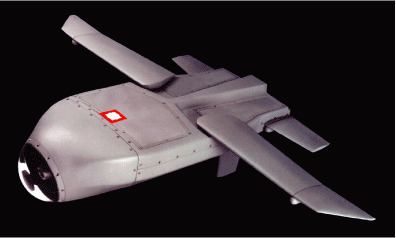Place of origin United States Weight 100 pounds (45 kg) | Length 36 inches (91 cm) | |
 | ||
Type Small submunition-type missile Warhead Explosively formed projectile | ||
The Low Cost Autonomous Attack System (LOCAAS). In 1998 the U.S. Air Force and U.S. Army Lockheed Martin began to examine the feasibility of a small, affordable cruise missile weapon for use against armoured and unarmoured vehicles, materiel and personnel, and if so develop a demonstration program. The program has cost approx. $150,000,000 so far; the cost per unit is calculated to be $30,000 based on a production of 12,000 units.
After being launched from a weapon platform, it is guided by GPS/INS to the target general area, where it can loiter. A laser radar (LIDAR or LADAR) illuminates the targets, determines their range, and matches their 3-D geometry with pre-loaded signatures. The LOCAAS system then selects the highest priority target and selects the warhead's mode for the best effect.
It is part of the Small Bomb System (SBS) program. The LOCAAS has been cancelled.
